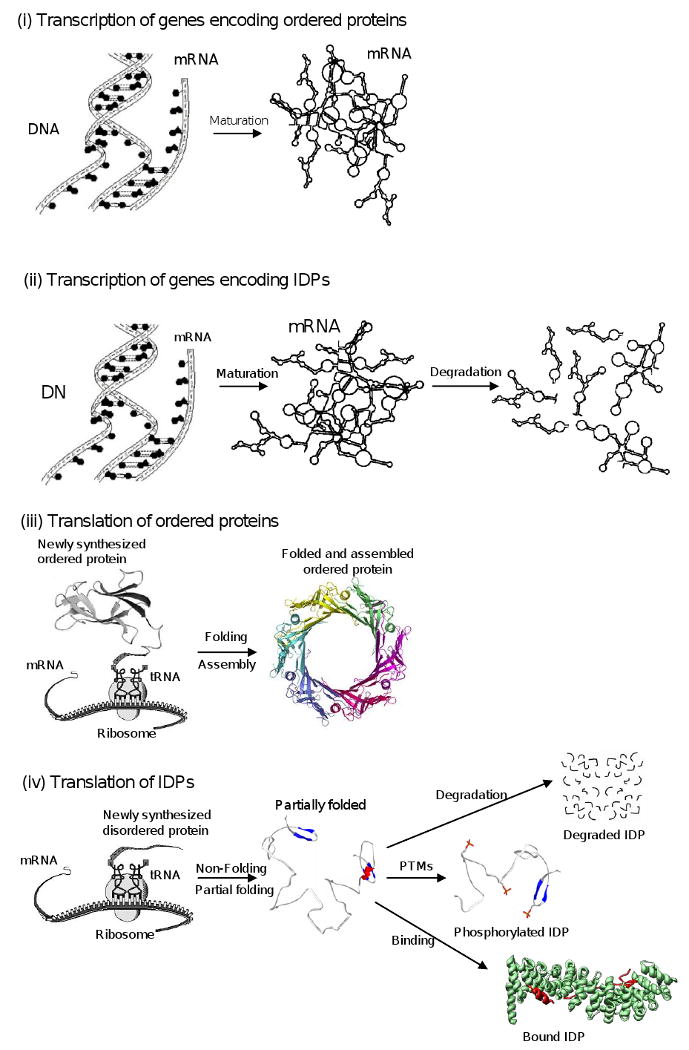Figure 13. Mechanisms of IDP regulation inside the cell.

Regulation of ordered proteins (i) and IDPs (ii) at the transcriptional level. mRNAs encoding ordered proteins and IDPs are transcribed with comparable rates; however, IDP-encoding mRNAs are subjected to faster degradation. Therefore, the pool of the IDP-encoding mRNAs is significantly smaller than the number of mRNAs encoding the ordered proteins. Regulation of ordered proteins (iii) and IDPs (iv) at the translational level. The biosynthesis of ordered proteins is noticeably faster than that of IDPs. When synthesized, IDPs are either subjected to fast degradation, to various posttranslational modifications, PTMs, (including phosphorylation as shown in the plot), or to binding with specific partners. As a result of slow transcription and fast degradation, the overall level of IDPs inside the cells is lower and their half-lives are generally shorter than those of ordered proteins. However, some IDPs can be present at high quantities and/or for long periods of time due to either specific PTMs or due to the interactions with some specific factors.
